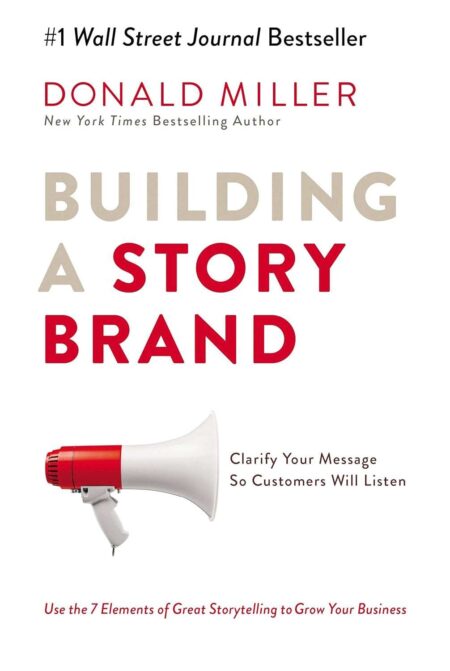Description
“Competitive Strategy” refers to a plan or approach adopted by a business or organization to achieve a competitive advantage over rivals in the marketplace. It involves analyzing the competitive landscape, identifying opportunities and threats, and developing strategies to position the organization for success.
Key components of competitive strategy include:
- Market Analysis: Assessing the competitive environment, including competitors’ strengths, weaknesses, opportunities, and threats (SWOT analysis), as well as market trends, customer preferences, and industry dynamics.
- Differentiation: Identifying unique selling propositions (USPs) or competitive advantages that set the organization apart from rivals. This could include offering superior quality, innovation, customer service, branding, or pricing strategies.
- Cost Leadership: Pursuing cost leadership by optimizing operational efficiency, reducing production costs, and offering products or services at competitive prices relative to rivals.
- Focus Strategy: Targeting specific market segments, niches, or customer needs where the organization can excel and compete effectively. This may involve tailoring products, services, or marketing efforts to meet the unique preferences of targeted customers.
- Innovation: Investing in research and development (R&D), technology, and innovation to create new products, services, or business models that disrupt existing markets or create new ones.
- Strategic Partnerships: Forming alliances, partnerships, or collaborations with other organizations to leverage complementary strengths, resources, or market access.
- Brand Positioning: Building a strong brand identity and reputation that resonates with target customers and distinguishes the organization from competitors.
- Agility and Adaptability: Maintaining flexibility and agility to respond quickly to changes in the competitive landscape, customer preferences, or industry trends.
- Continuous Improvement: Emphasizing a culture of continuous improvement and learning, seeking feedback from customers and stakeholders, and evolving strategies over time to stay ahead of rivals.
- Risk Management: Assessing and mitigating risks associated with competitive strategy, including potential threats from new entrants, substitute products, or changes in market conditions.
Overall, competitive strategy is essential for organizations seeking sustainable growth and profitability in competitive markets. By understanding the competitive landscape and developing effective strategies, organizations can position themselves for long-term success and create value for customers, shareholders, and other stakeholders.













Reviews
There are no reviews yet.